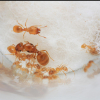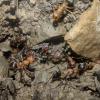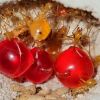I really just can't make up my mind can I? On one hand I think its really cool to have separate journals for all of my different species, but on the other hand its also a lot of work when my ant collection is constantly changing. My old collective journal is pretty large, but also cringy af, so nope. This journal will be like new beginnings, as I figured my other journals haven't been updated in so long they're probably rotting somewhere in this archive. Now onto the part you (hopefully) came for, an introduction for all of my current ants:
Myrmecina americana (4 ergatoid queens):
This colony is actually three different colonies combined. It has a total of four ergatoid queens, as when I was combining the colonies, the only true dealate queen was killed. They have been pretty inactive lately, however, they have started to eat the apple bits and termites I've been giving them. I came back from vacation to a nice pile of eggs, which are a cool yellow color. Almost mistook the entire pile for a pupae!
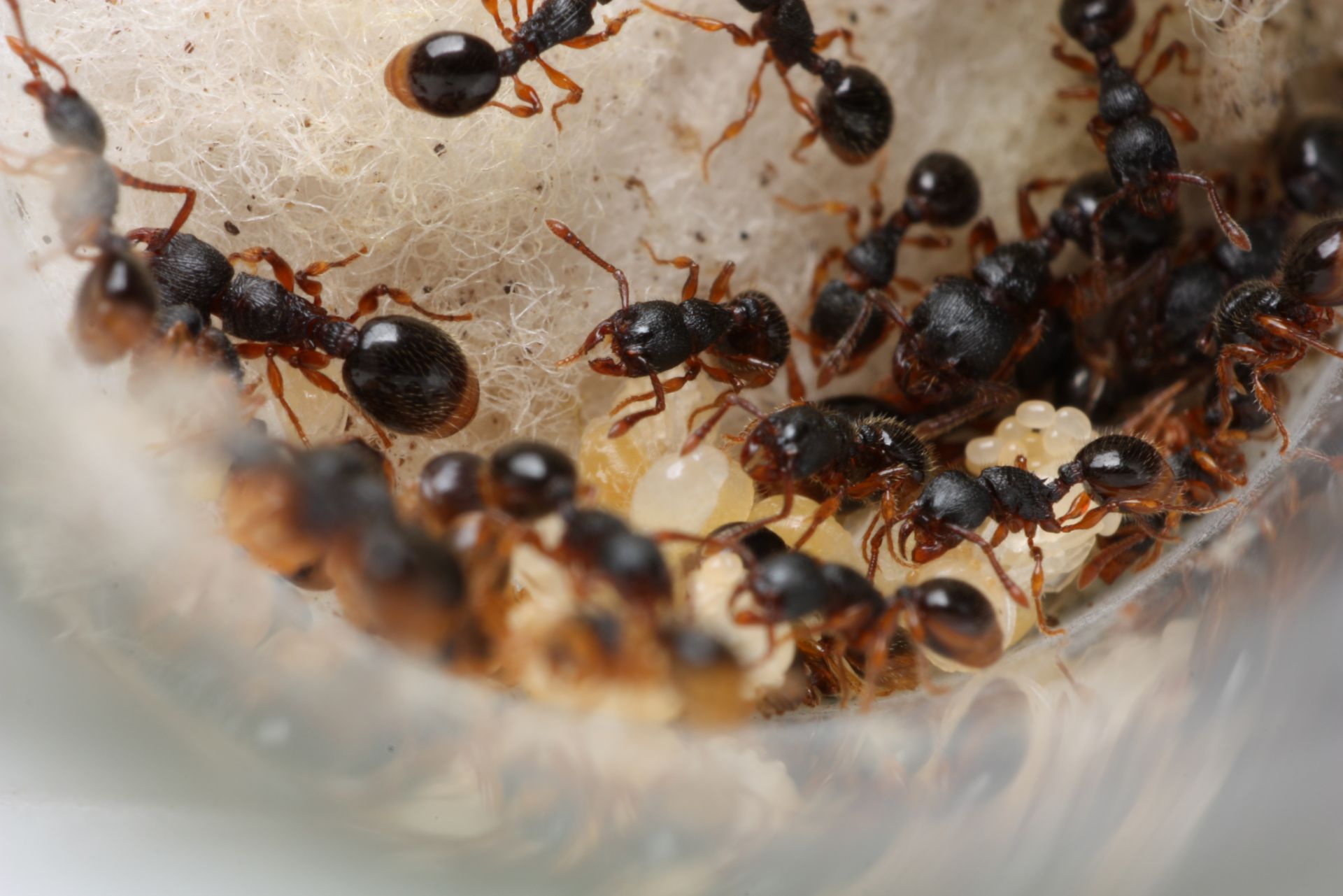
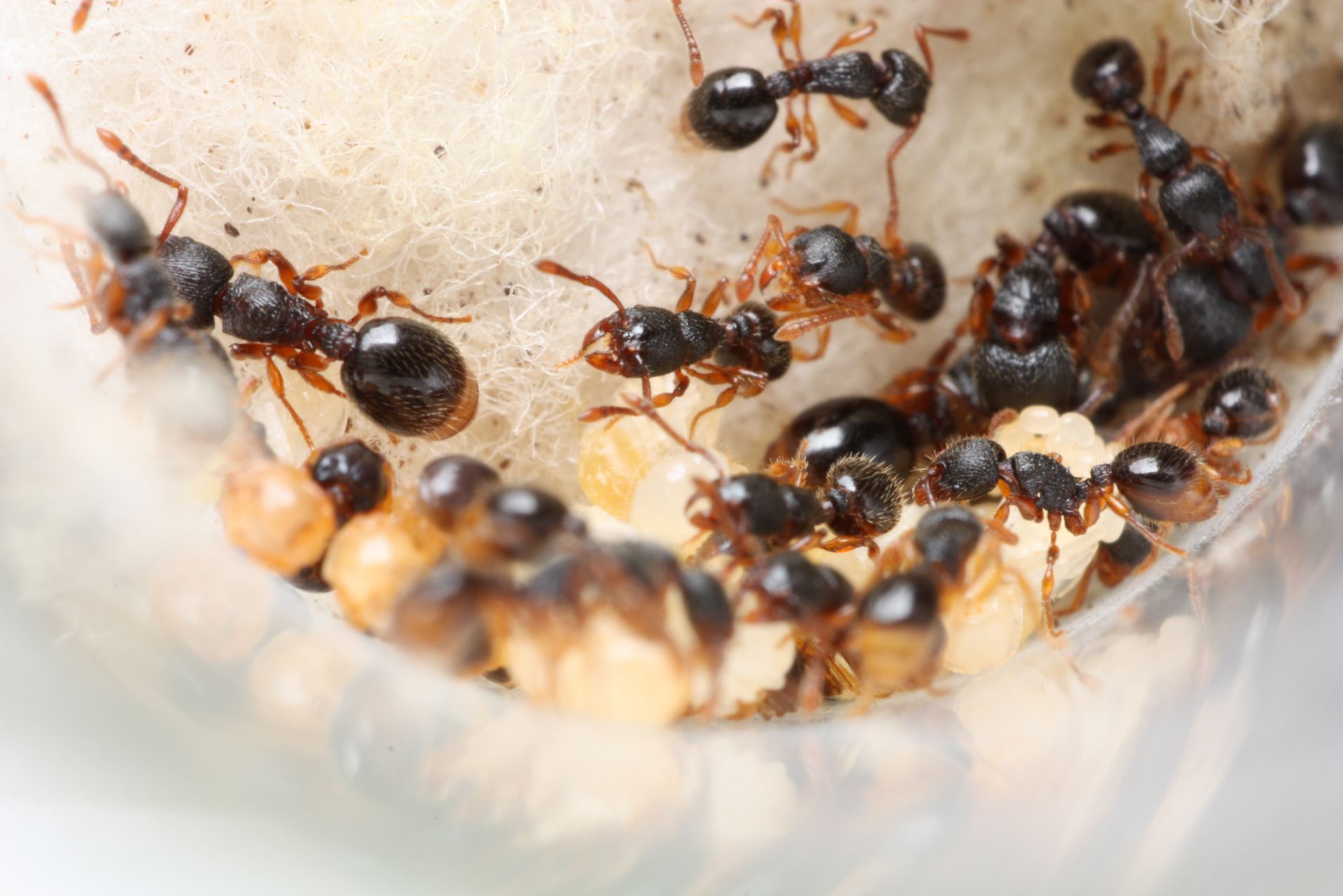
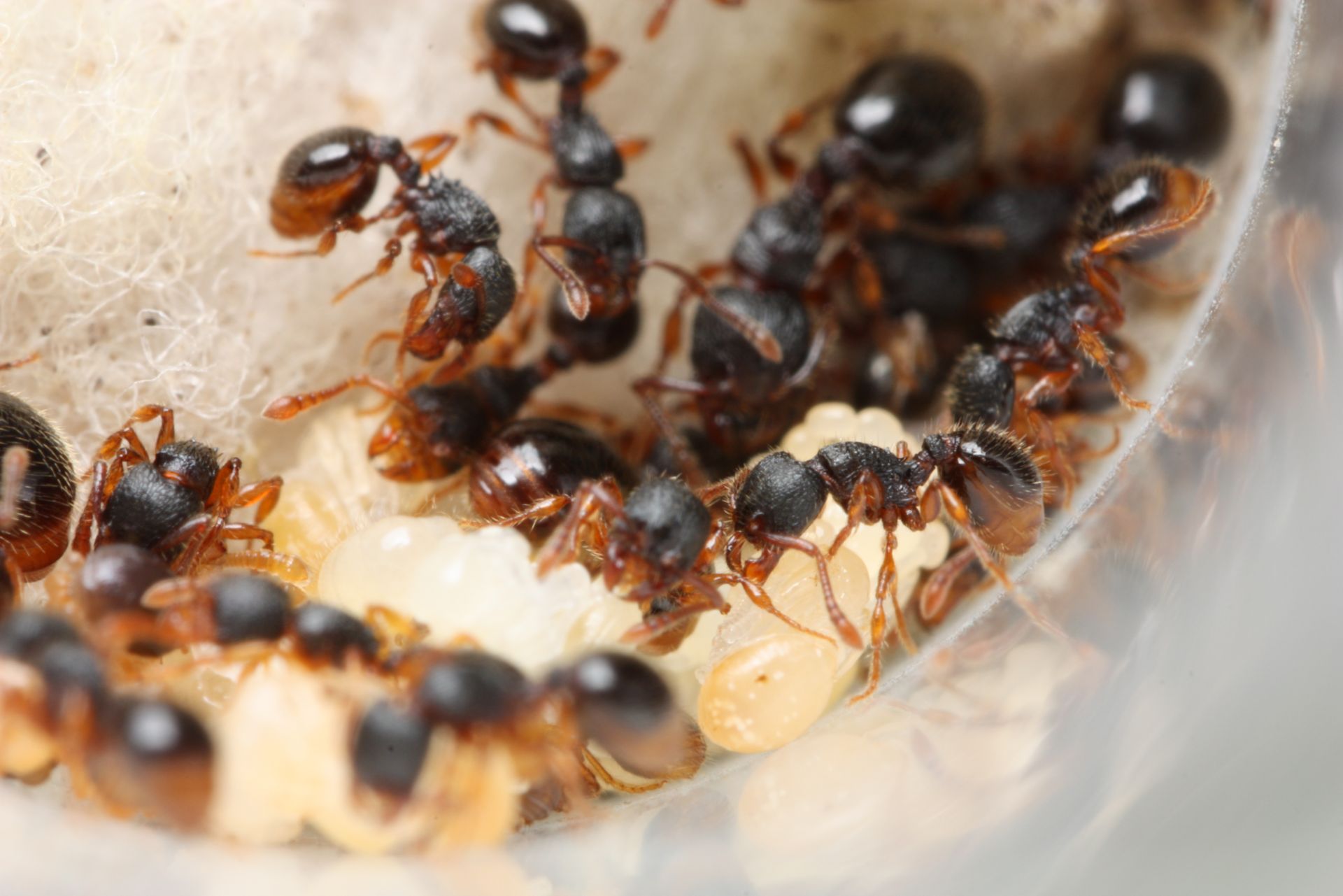
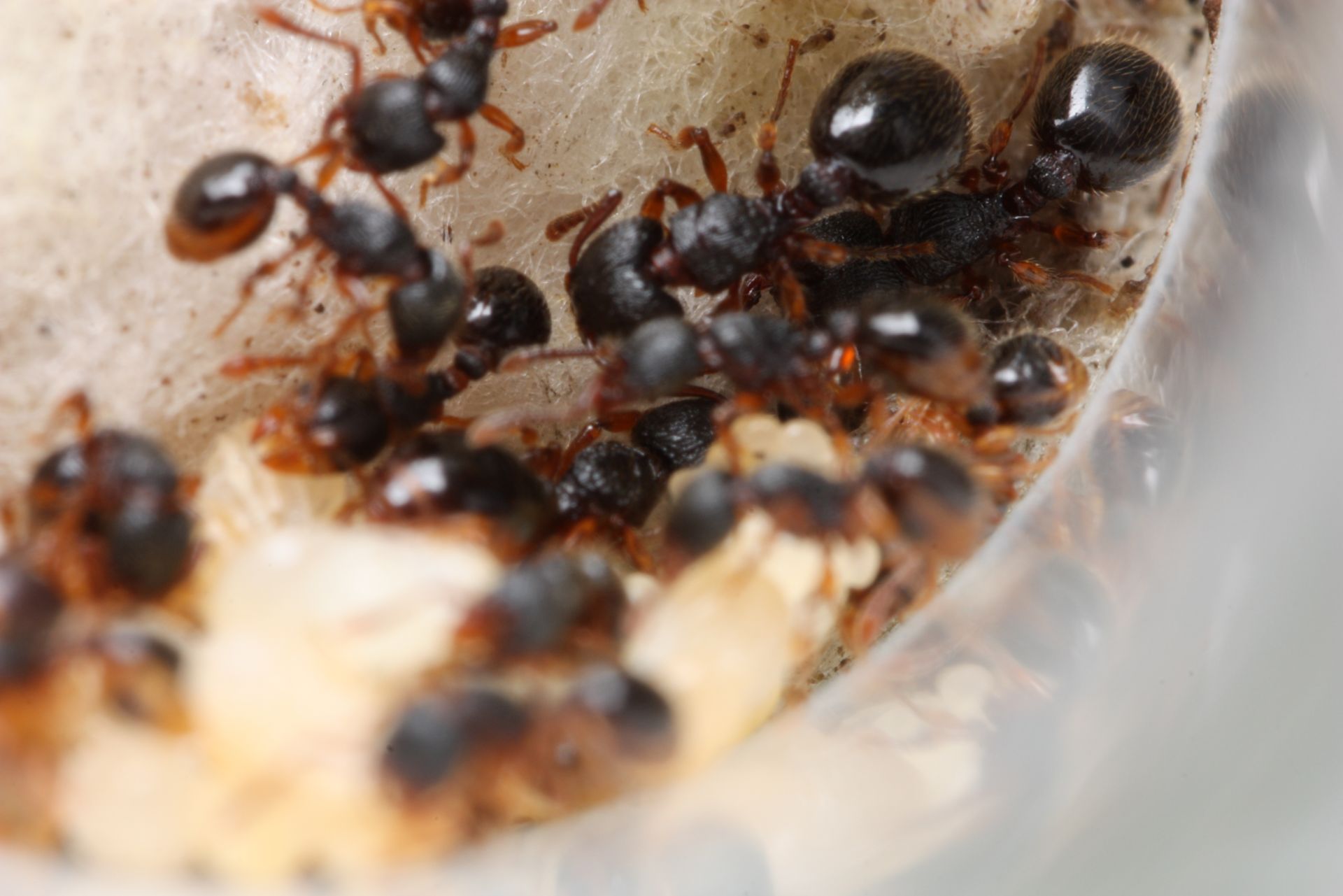
Strumigenys pilinasis (between 14 & 18 queens?):
This colony, similar to the last colony, is made of several colonies that I combined. Strumigenys seem to have a really difficult time sensing who, and who is not, a part of their colony. Due to this, there was no fighting at all. I've had this colony for several weeks now, and mold does seem to be an issue (again), although adding moss and sand along with a light dose of hydrogen peroxide seem to be doing the trick. They, too, have a nice pile of eggs.
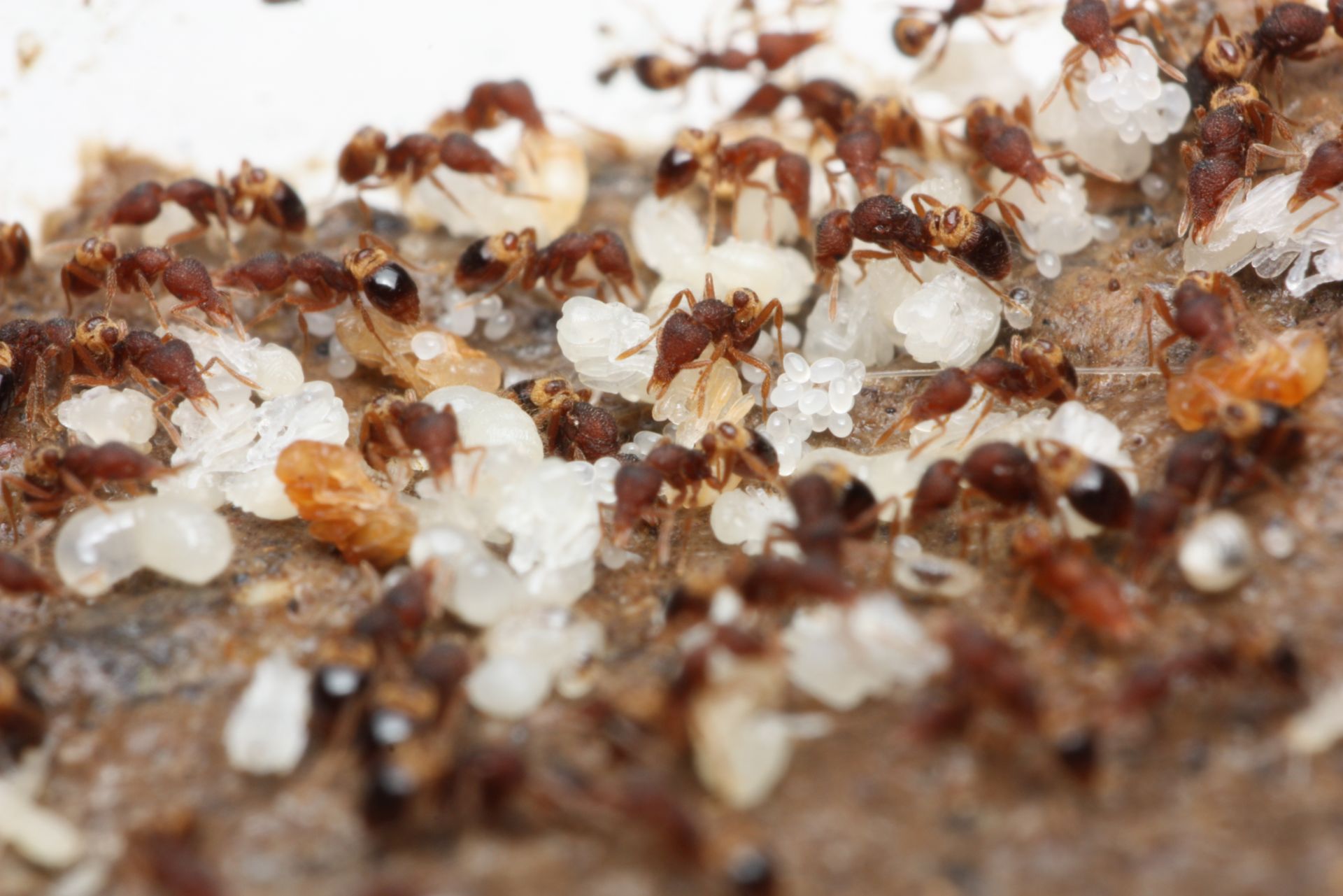
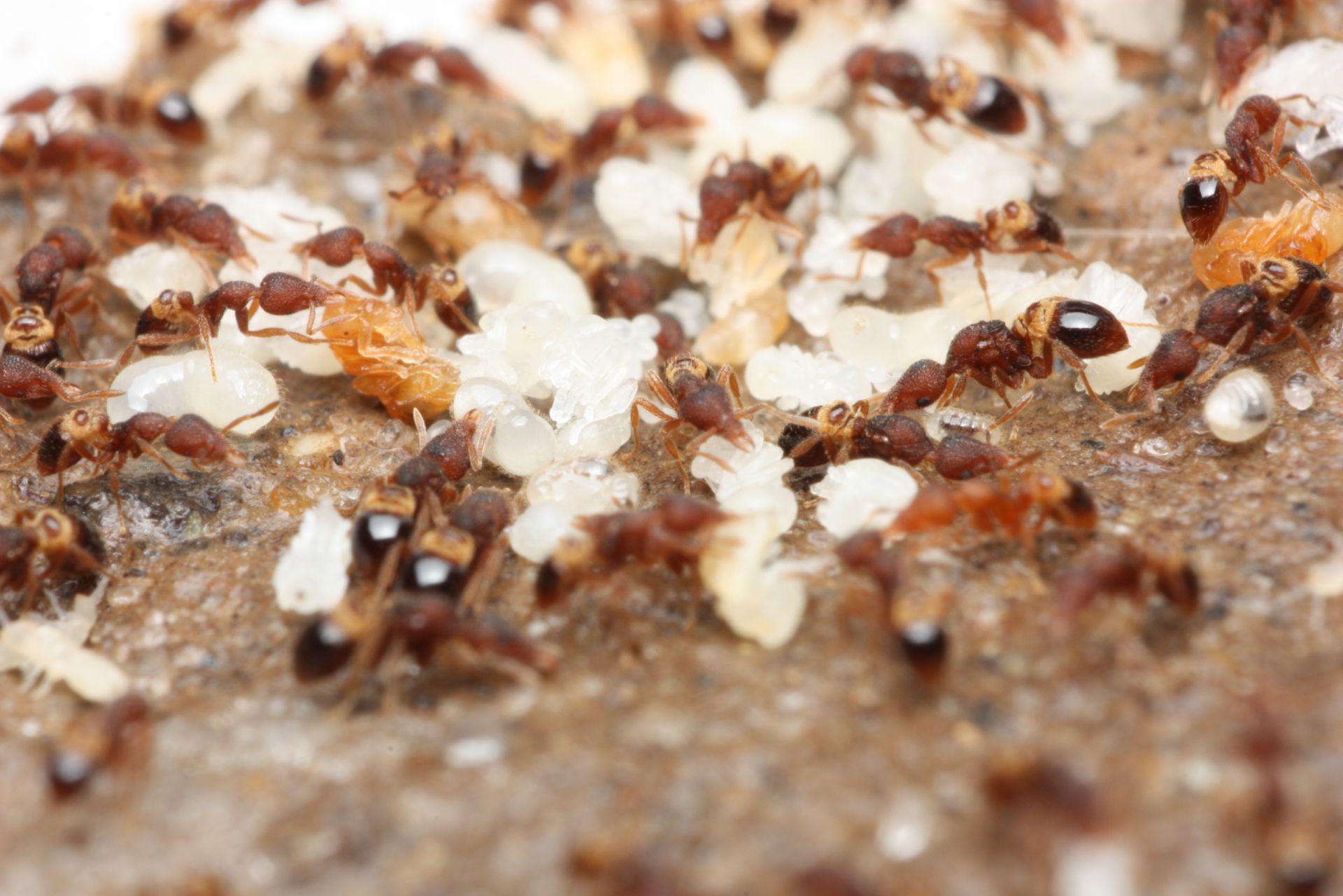
Myrmica sp. (1 queen):
This queen is tinyy compared to other Myrmica I see around here, like only 5 mm. I gave her a termite and so far she seems to be enjoying it. I only caught her while (likely) foraging yesterday.
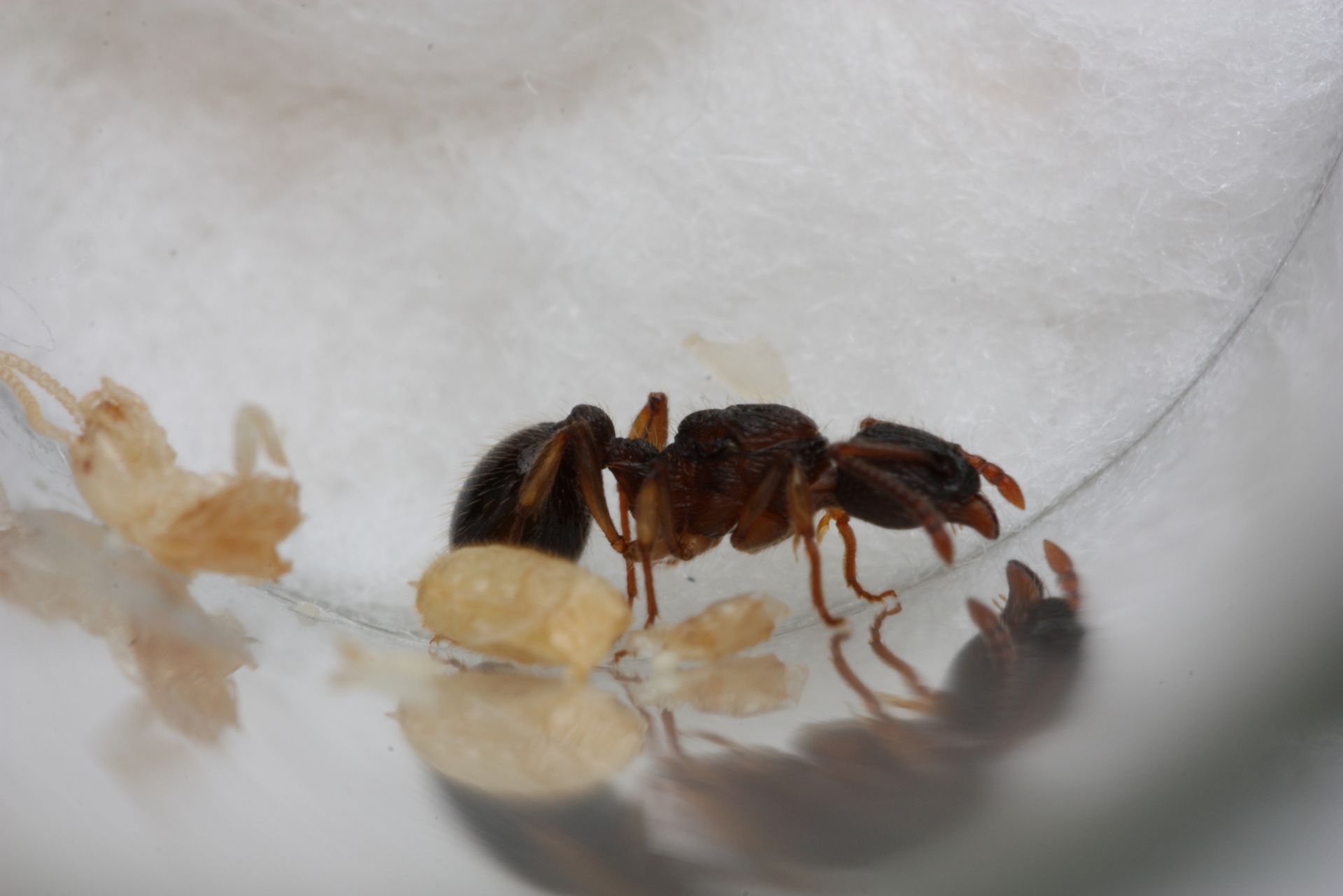
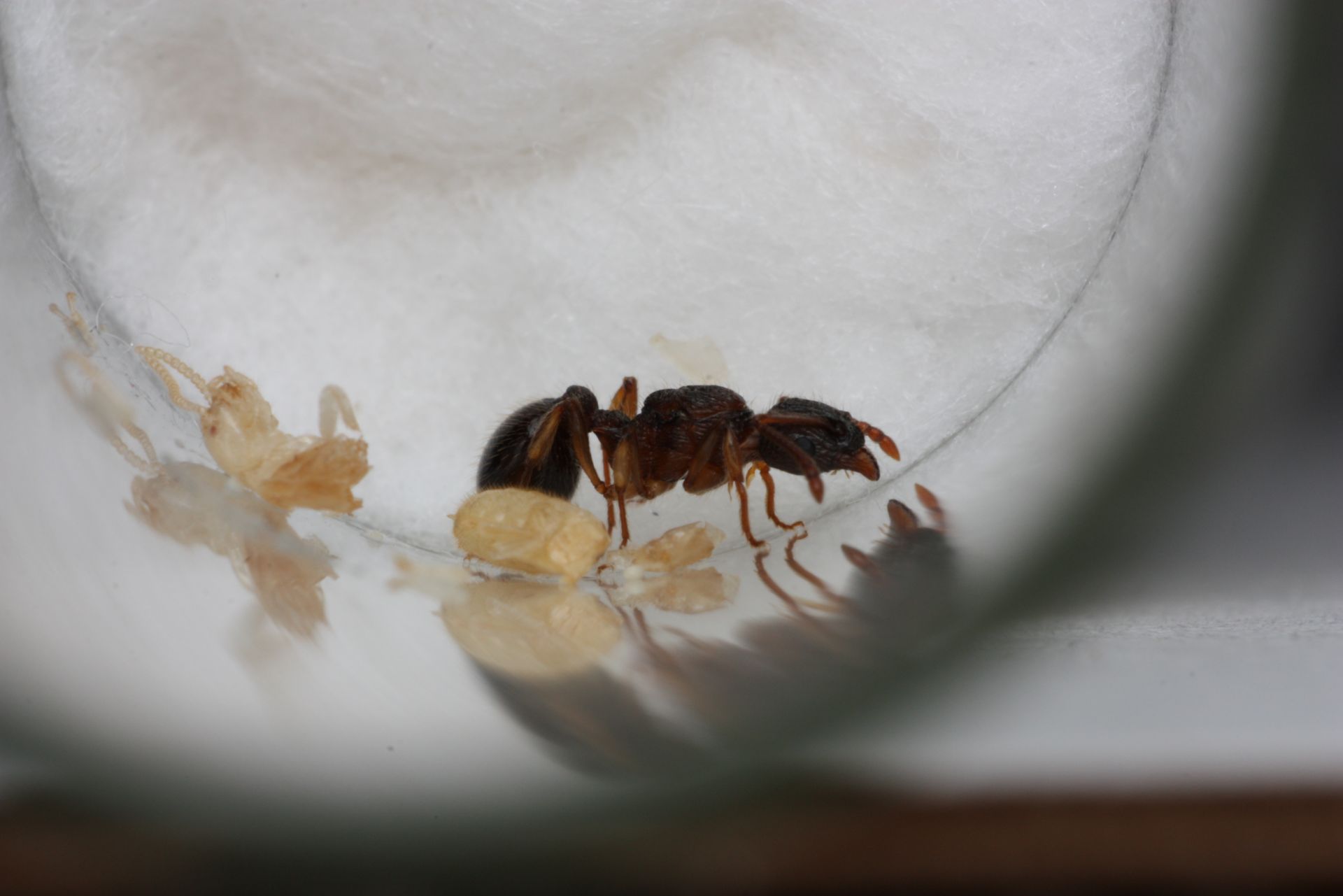
Formica incerta (2 queens):
These two queens have pupae that should be eclosing within the next week. I don't really have much else to say except sorry for the horrid photo, enjoy.
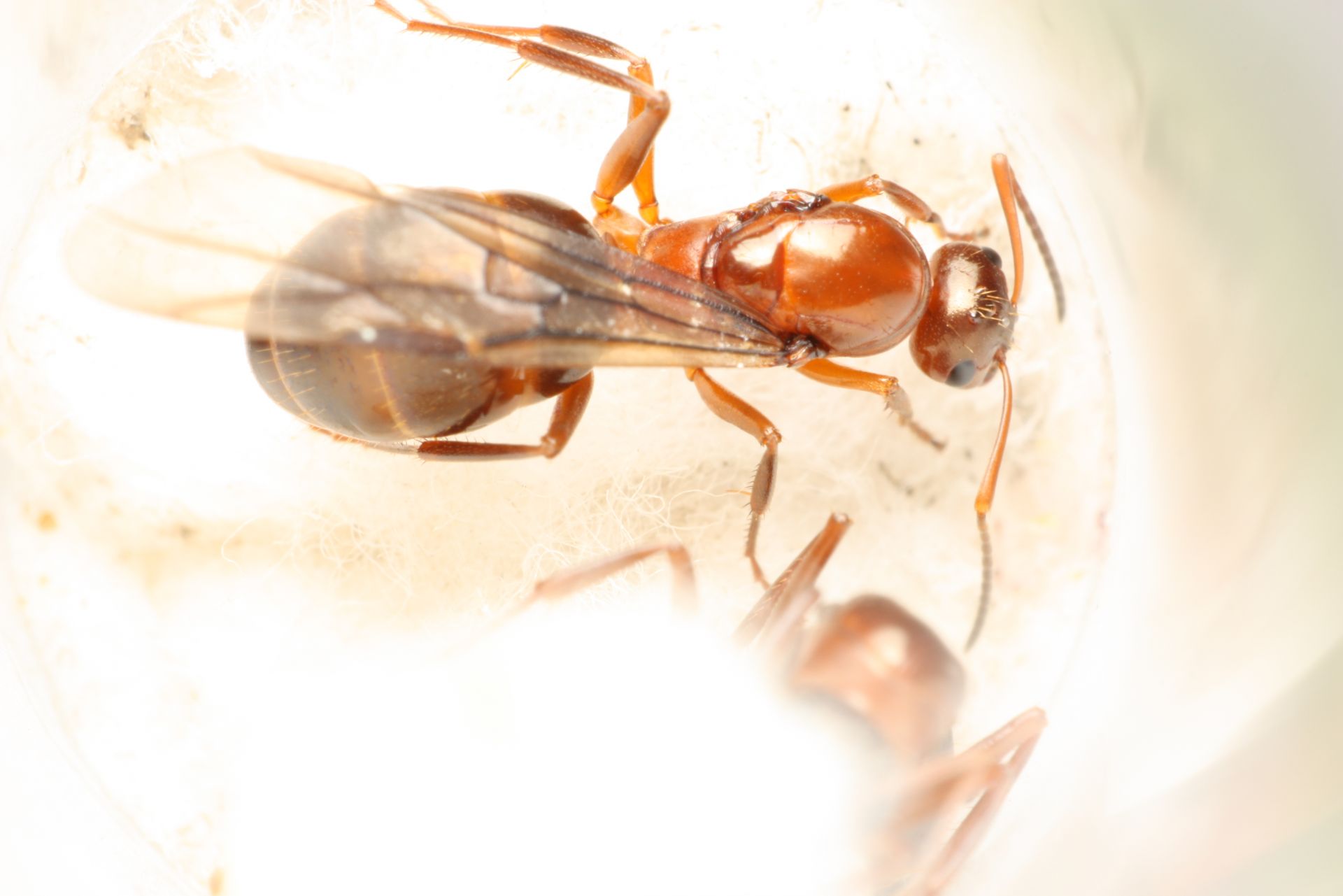
x2 Pheidole tysoni (1 queen each):
Both queens still have eggs. I swear Pheidole eggs take a ridiculously long time to hatch, but hopefully they'll get larvae some time soon.
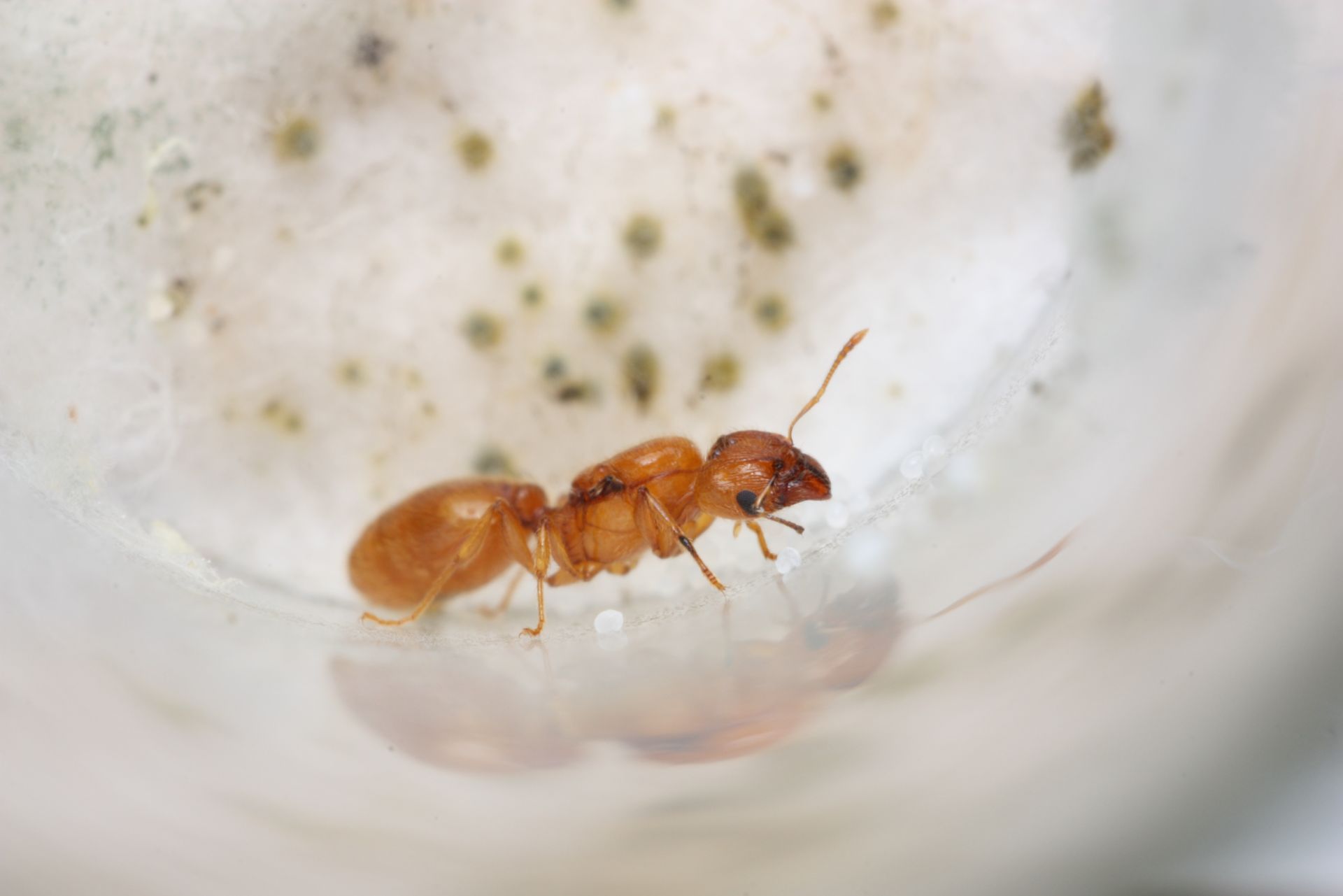
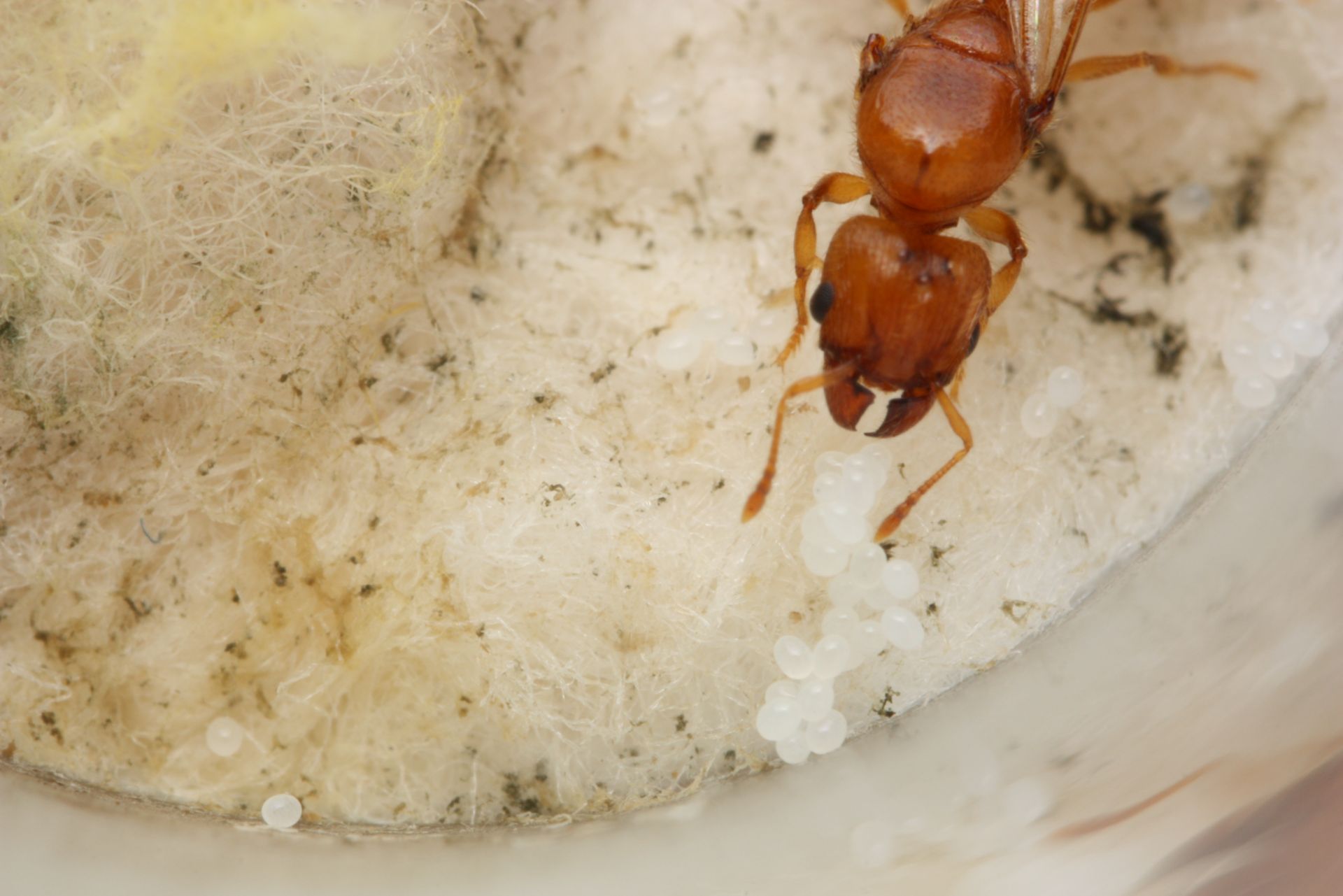
Pheidole bicarinata (2 queens):
These two queens are in the same boat as my P. tysoni queens.
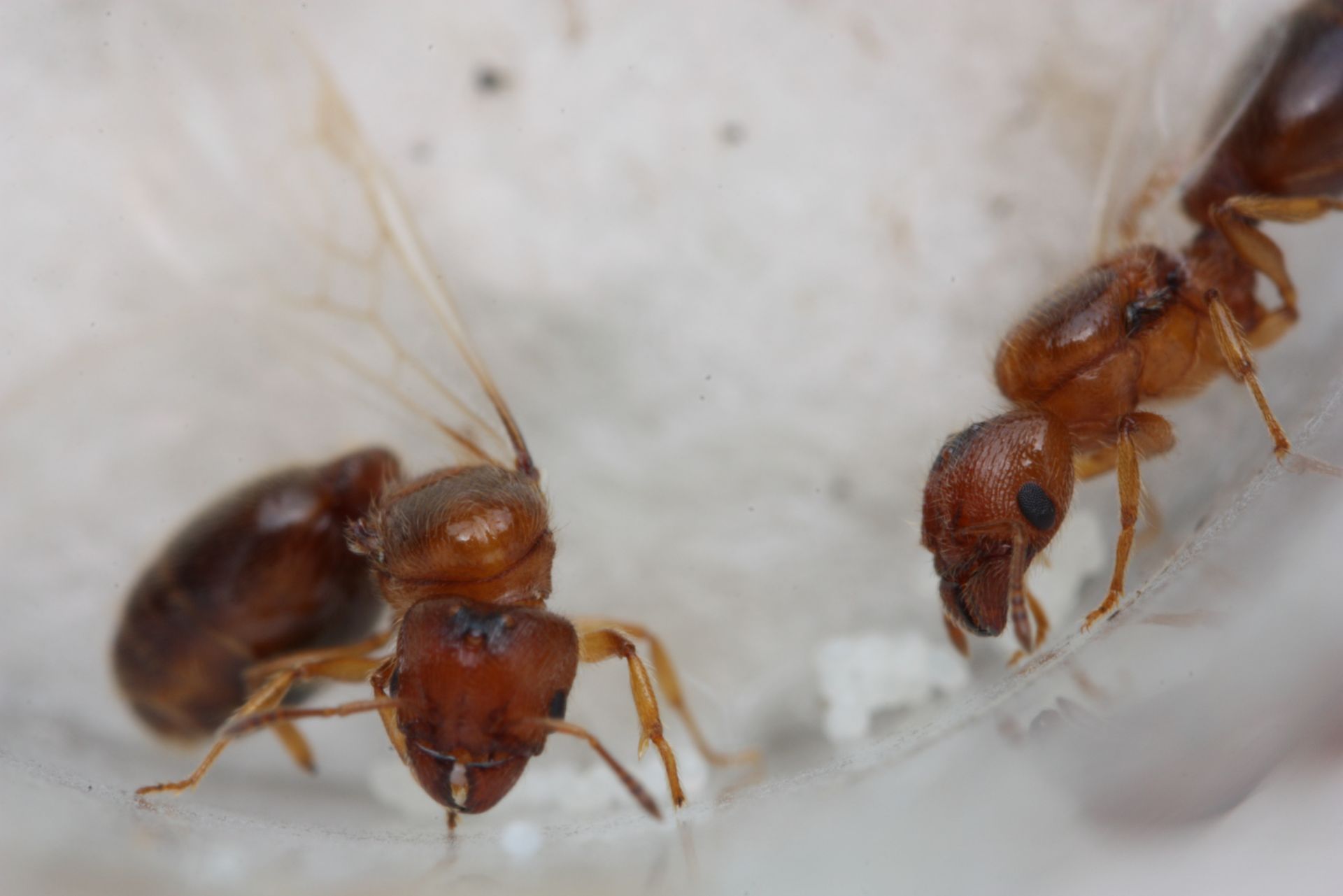
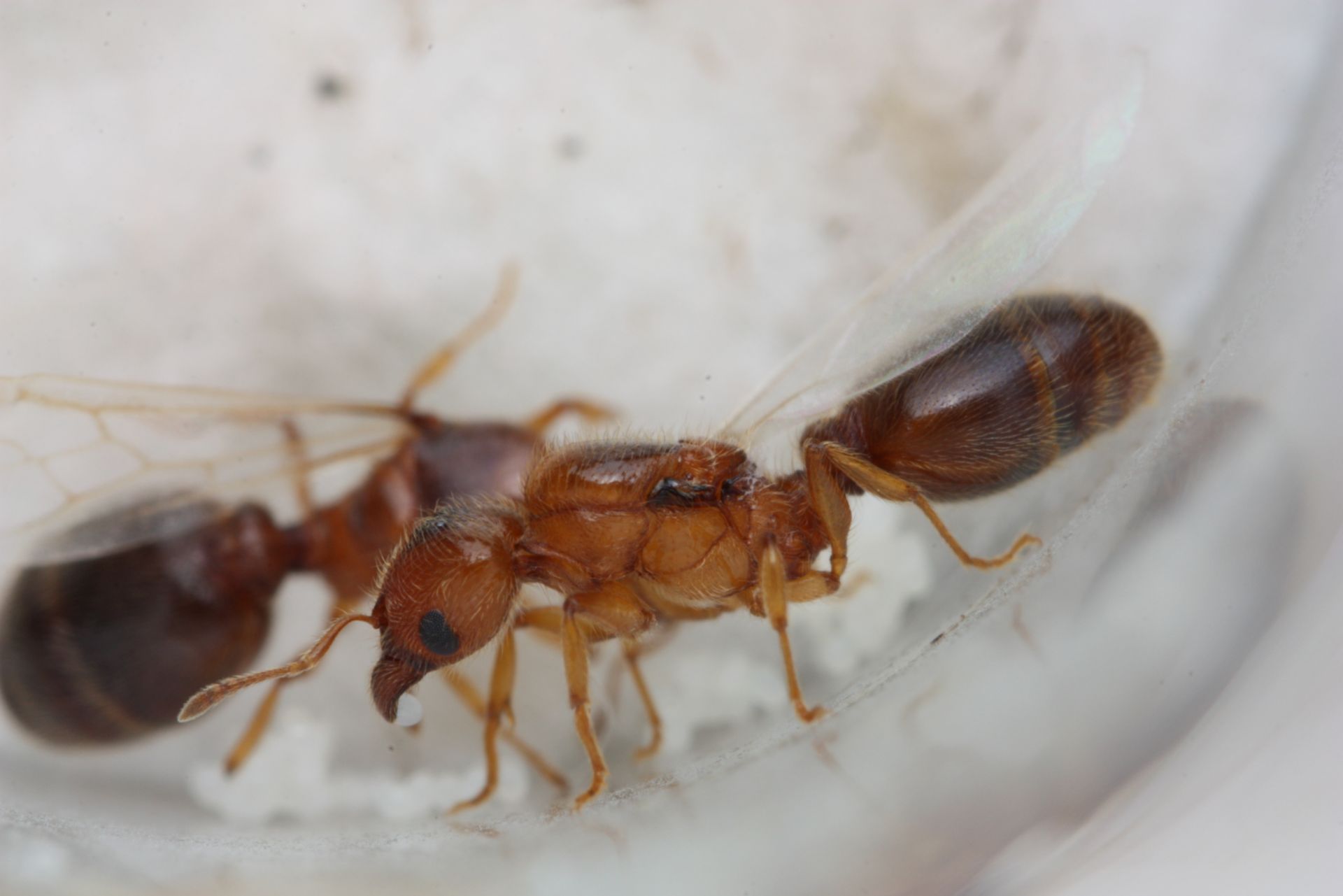
Pheidole pilifera (1 queen):
I did end up finding a few more of these queens, but the rest were ripped to shreds in poly setups. Oops. Same situation as my other Pheidole queens in terms of brood.
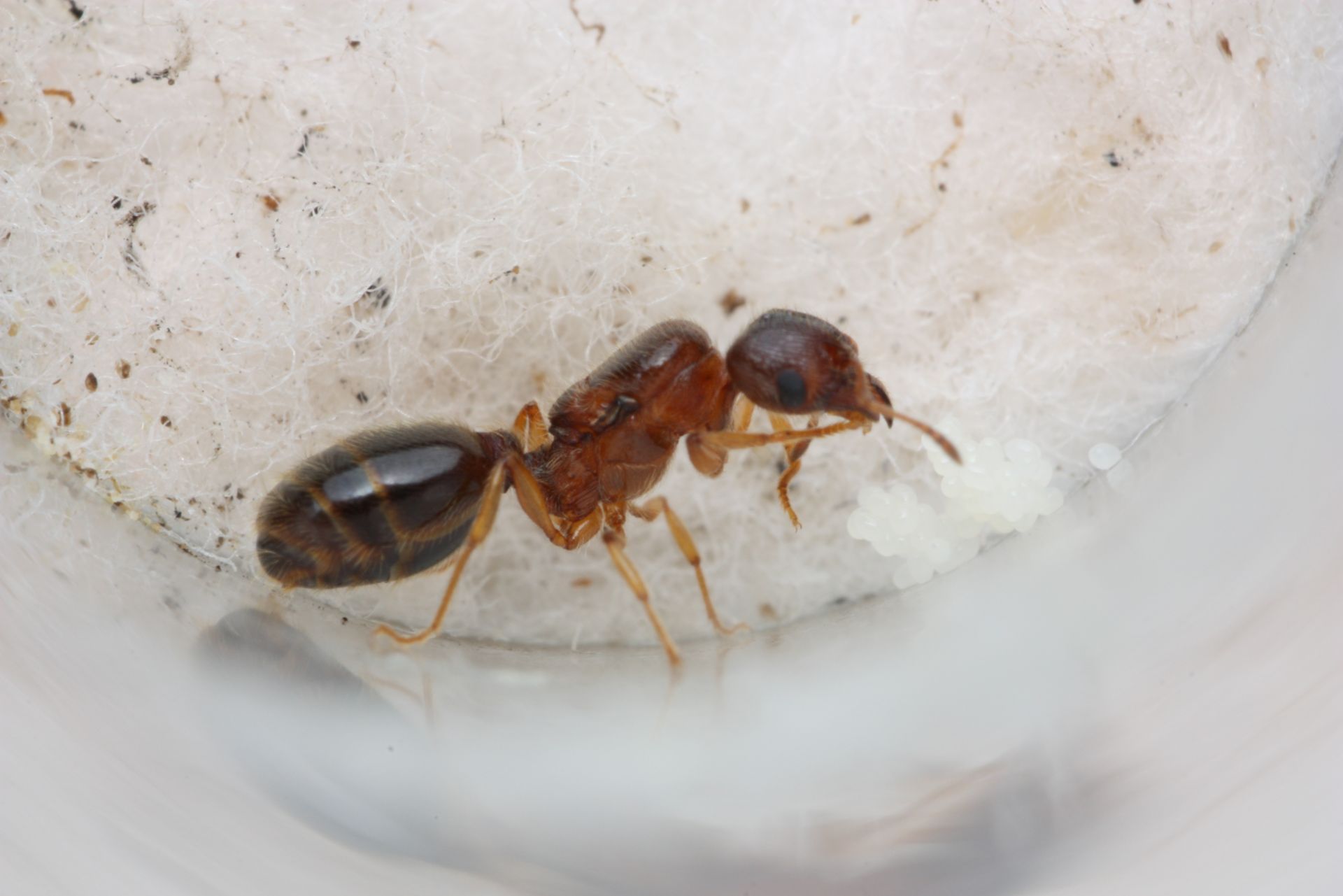
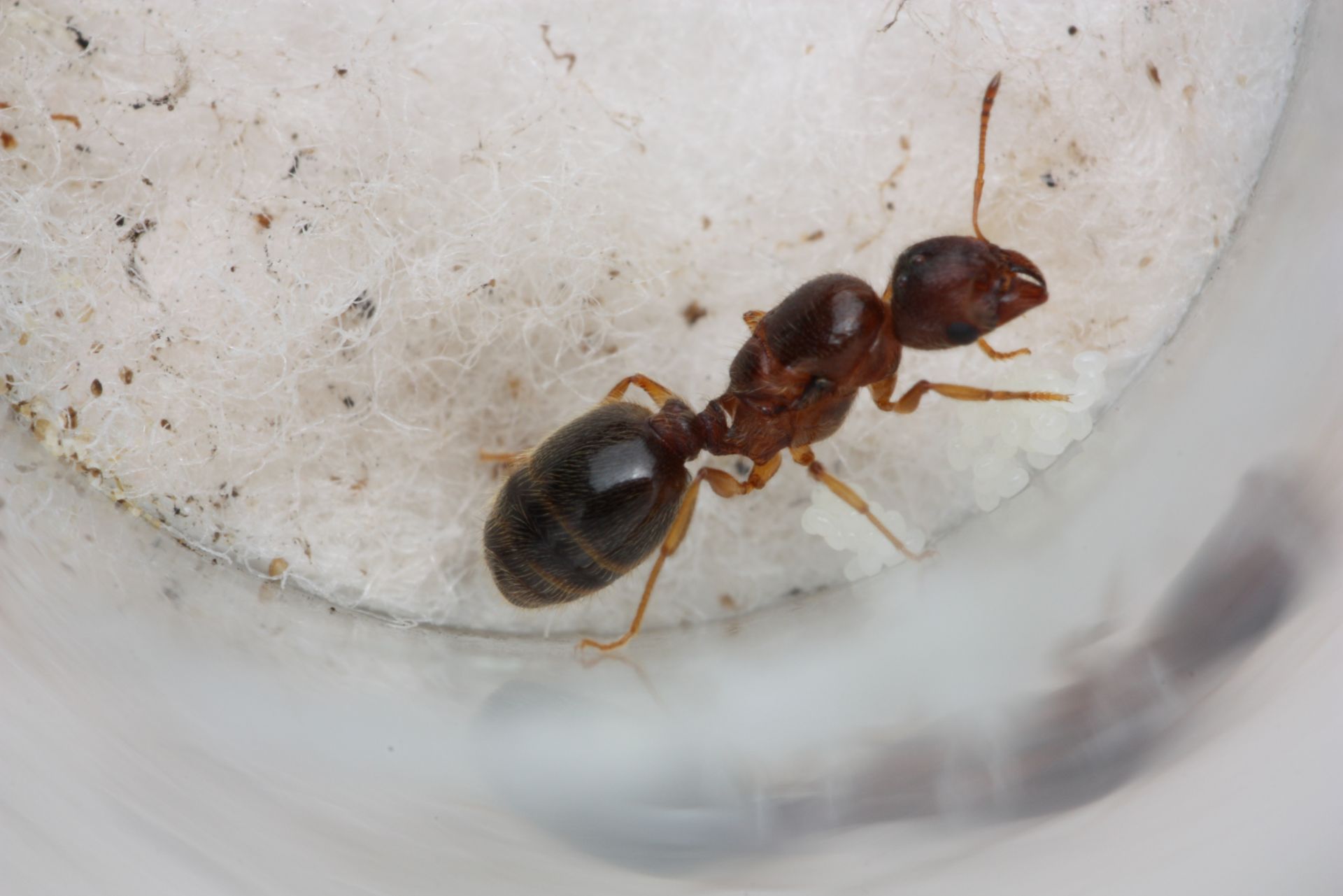
Temnothorax sp. w/ Temnothorax curvispinosus (3 queens of each species):
Some of you may remember the experiment I had going last year where I tried to start of polygynous colony consisting of multiple species in the genus Temnothorax. Well, this year I'm trying again on a larger scale as I've upped the number of queens. Since these two species are very similar, it hasn't been a challenge at all. All six queens are cooperating and have a nice pile of eggs.
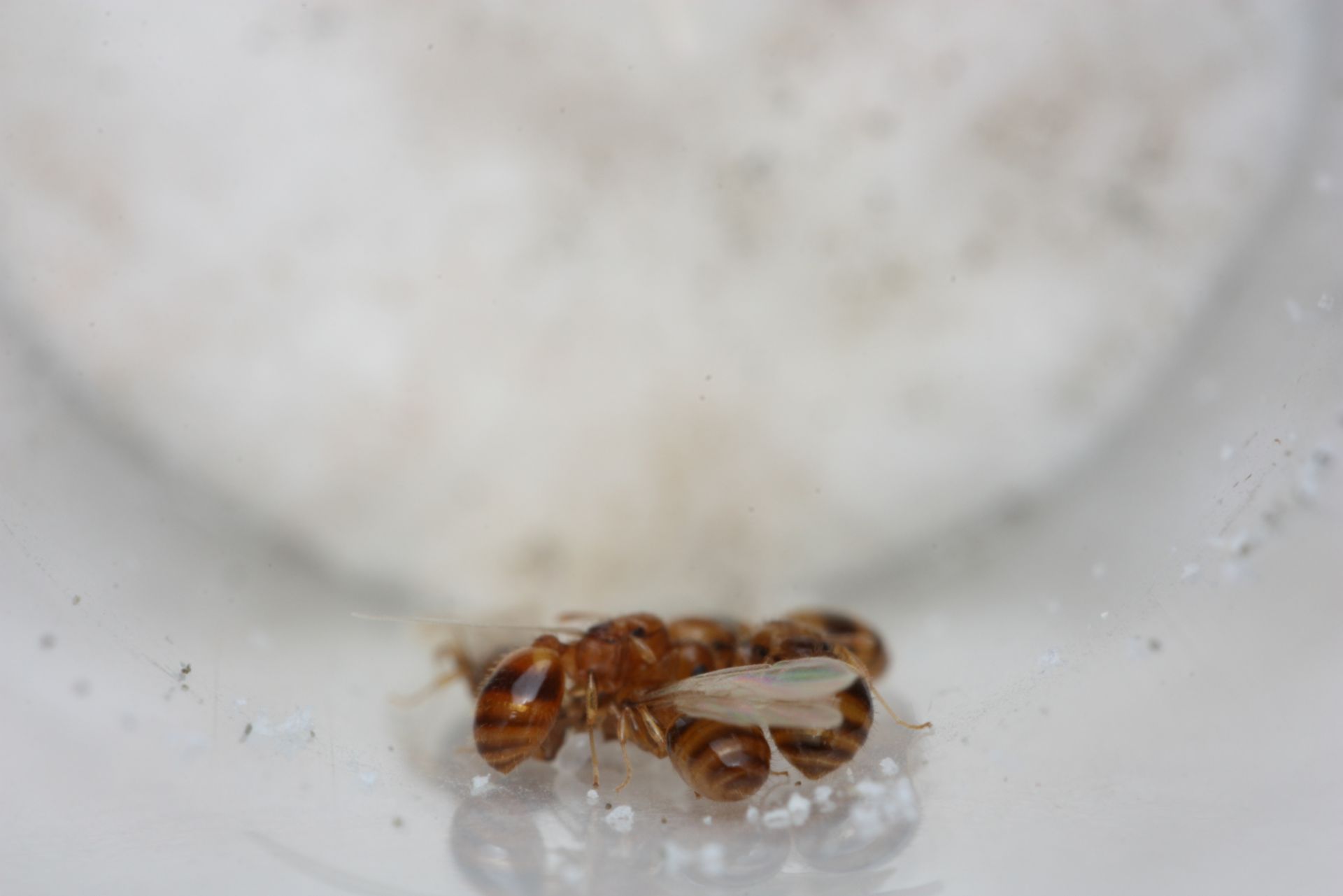
Temnothorax sp. (idk how many queens, I'll count later):
These queens are an unknown species currently being described by a group of people, and are also the same species as what was used in combination with T. curvispinosus for my said experiment ^^^. I've tried to get a decent colony going of these for a while, and I'm determined that this year they will succeed. They have a nice pile of eggs.
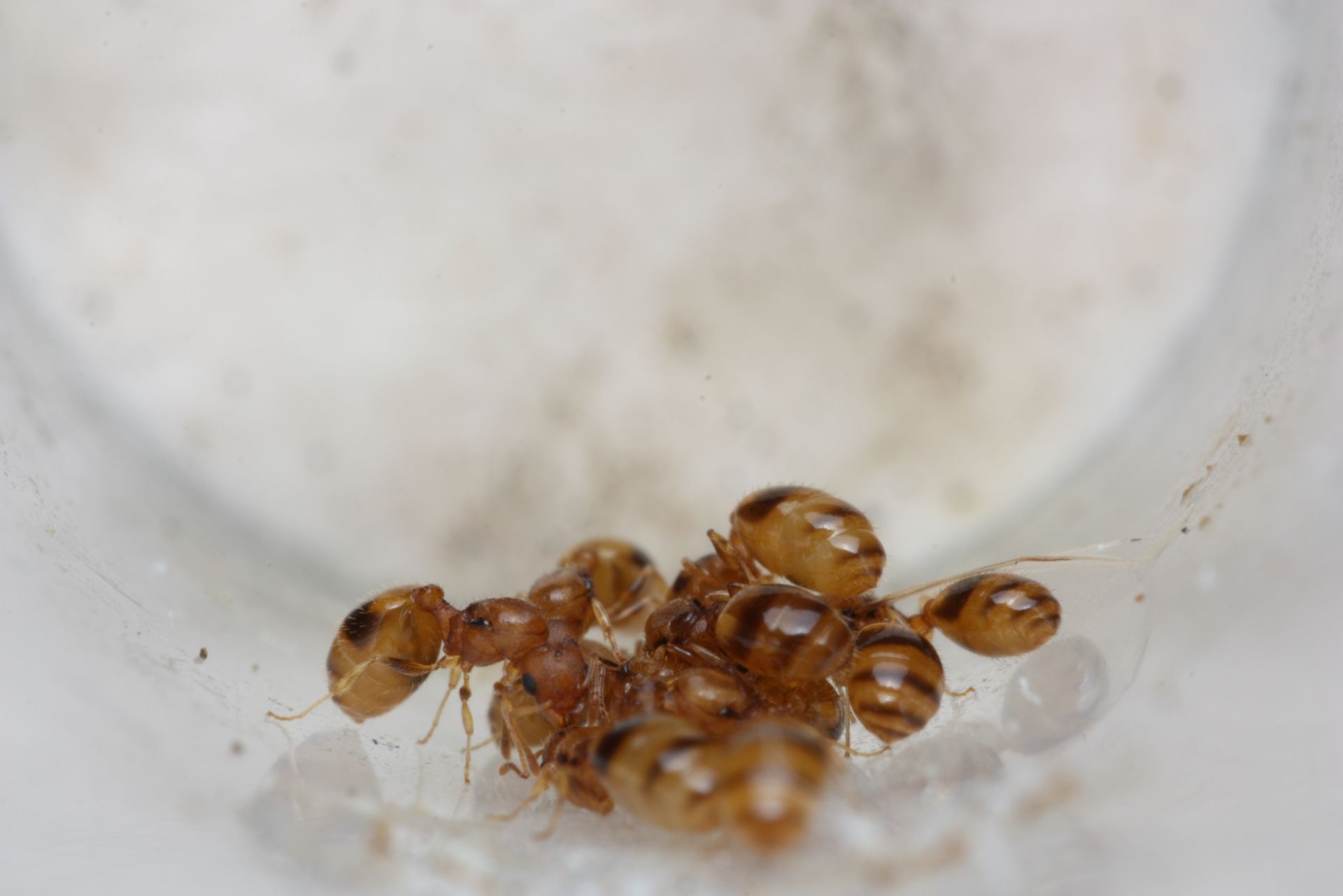
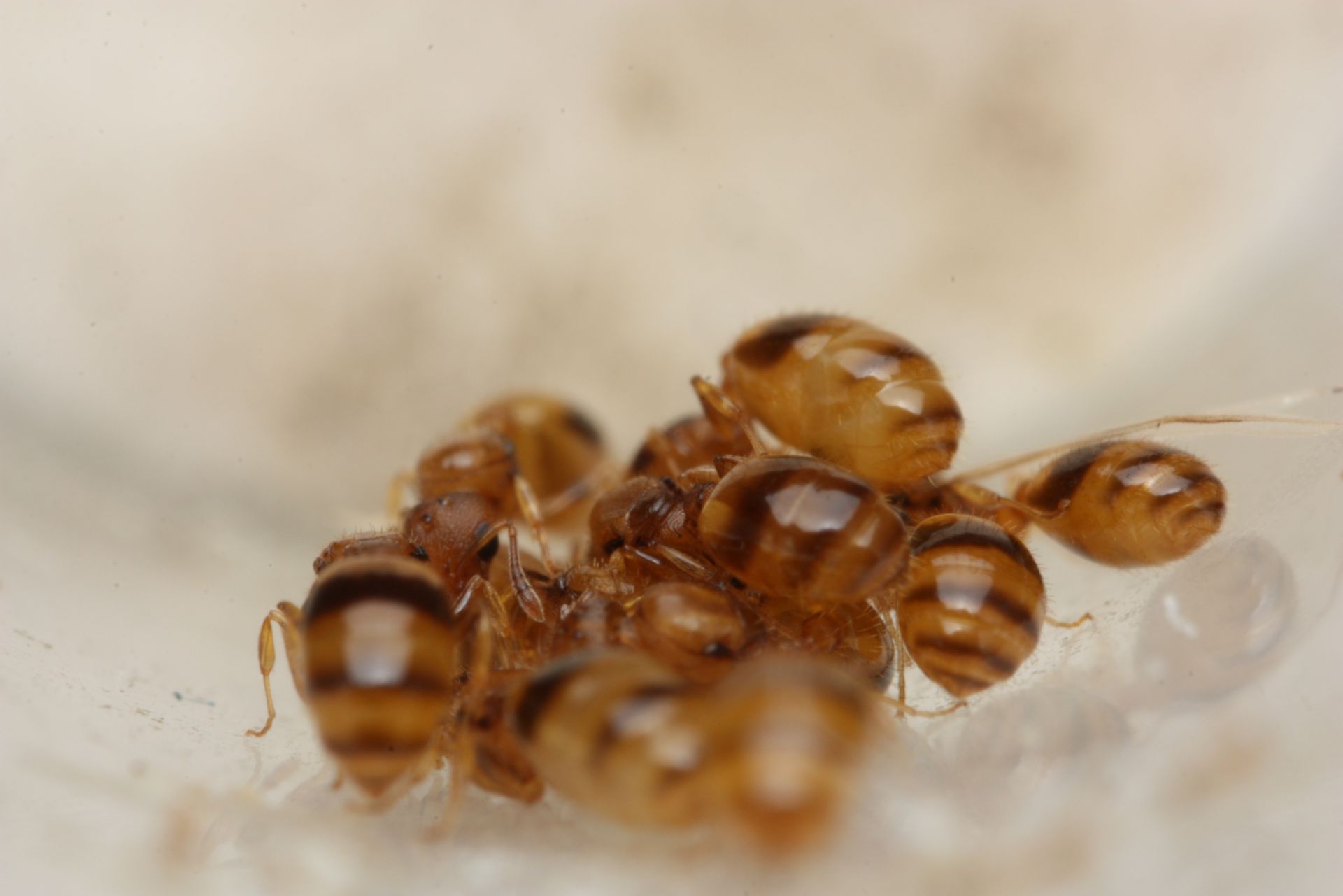
Pheidole tysoni (1 queen - microgyne edition!):
I'm not sure if Pheidole are supposed to have microgynes, but either way this little gal is special. She's 4.5 mm of pure cuteness, and easily my favorite queen. I wasn't sure if she was mated at first, since she was originally scattering her eggs, so I left her in a test tube with 12 P. tysoni males for a day (several were dead by the end, likely just killed though). Needless to say I was shocked when I came back from vacation to find a nice, neat pile of eggs. Turns out she might be fertile after all!
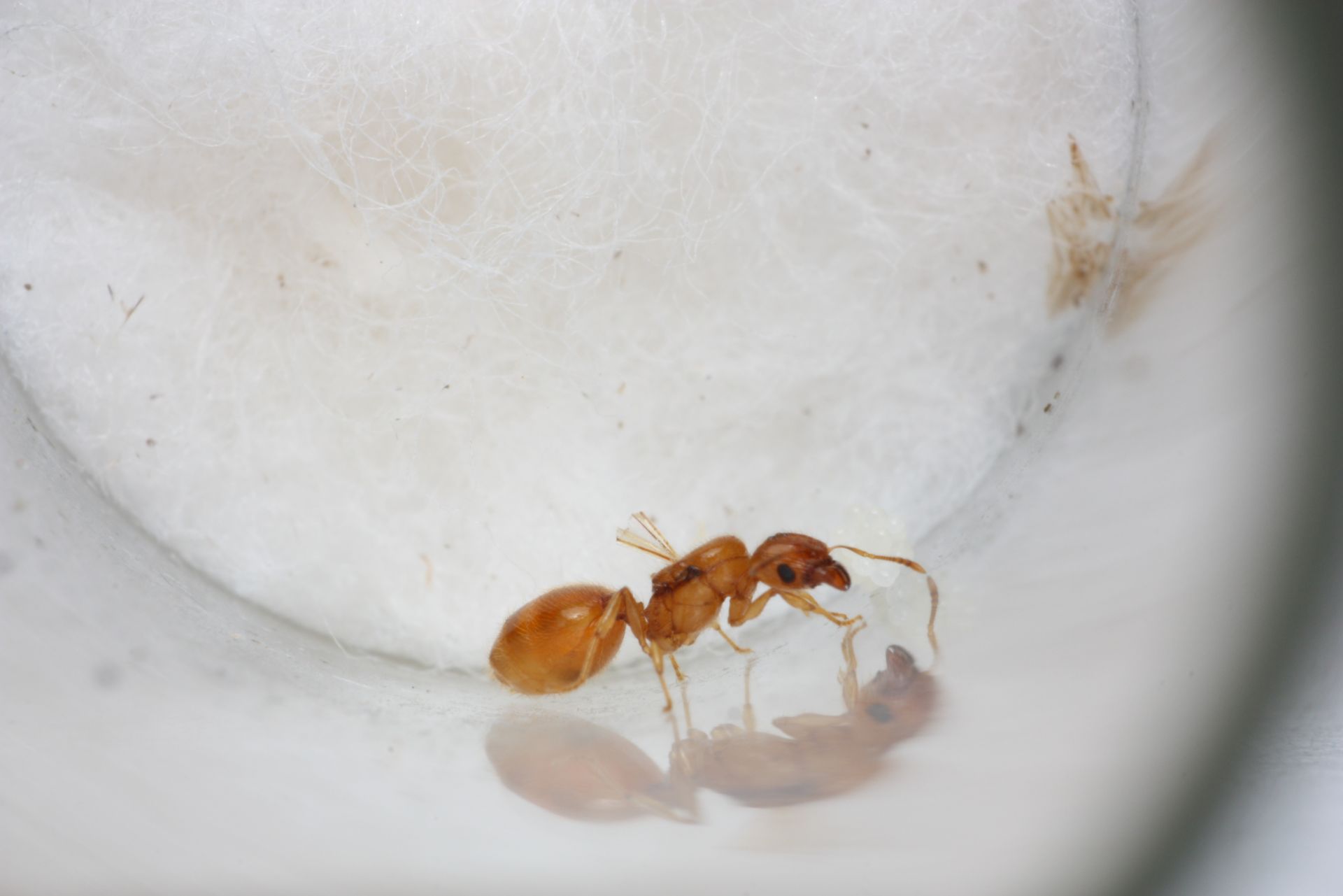
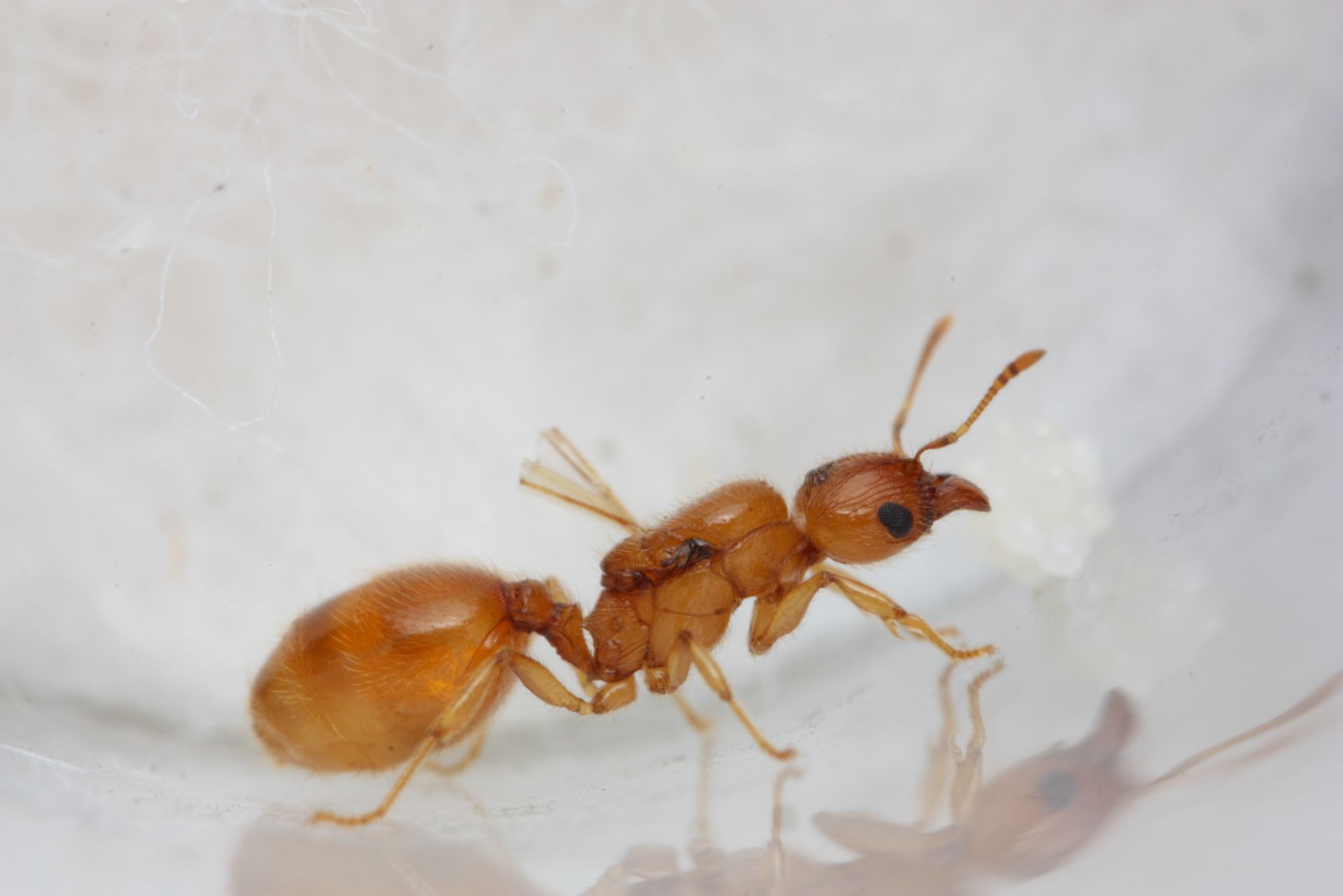
Formica cf. neogagates (1 queen):
I have been in love with this species ever since a found a queen a few years ago. Well, this year I happened to be in the right spot at the right time to find another queen! She's got a decent pile of eggs with her currently.
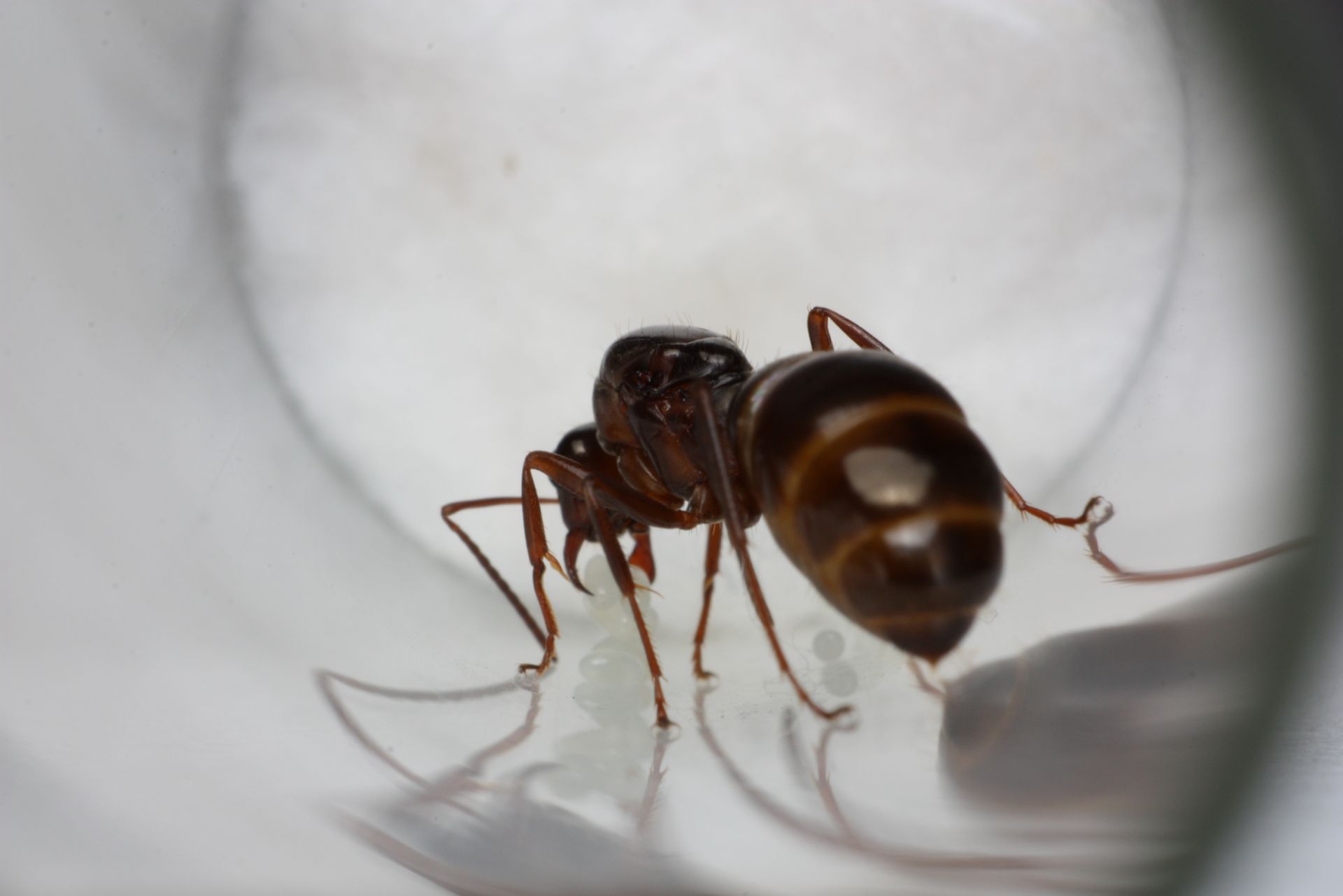
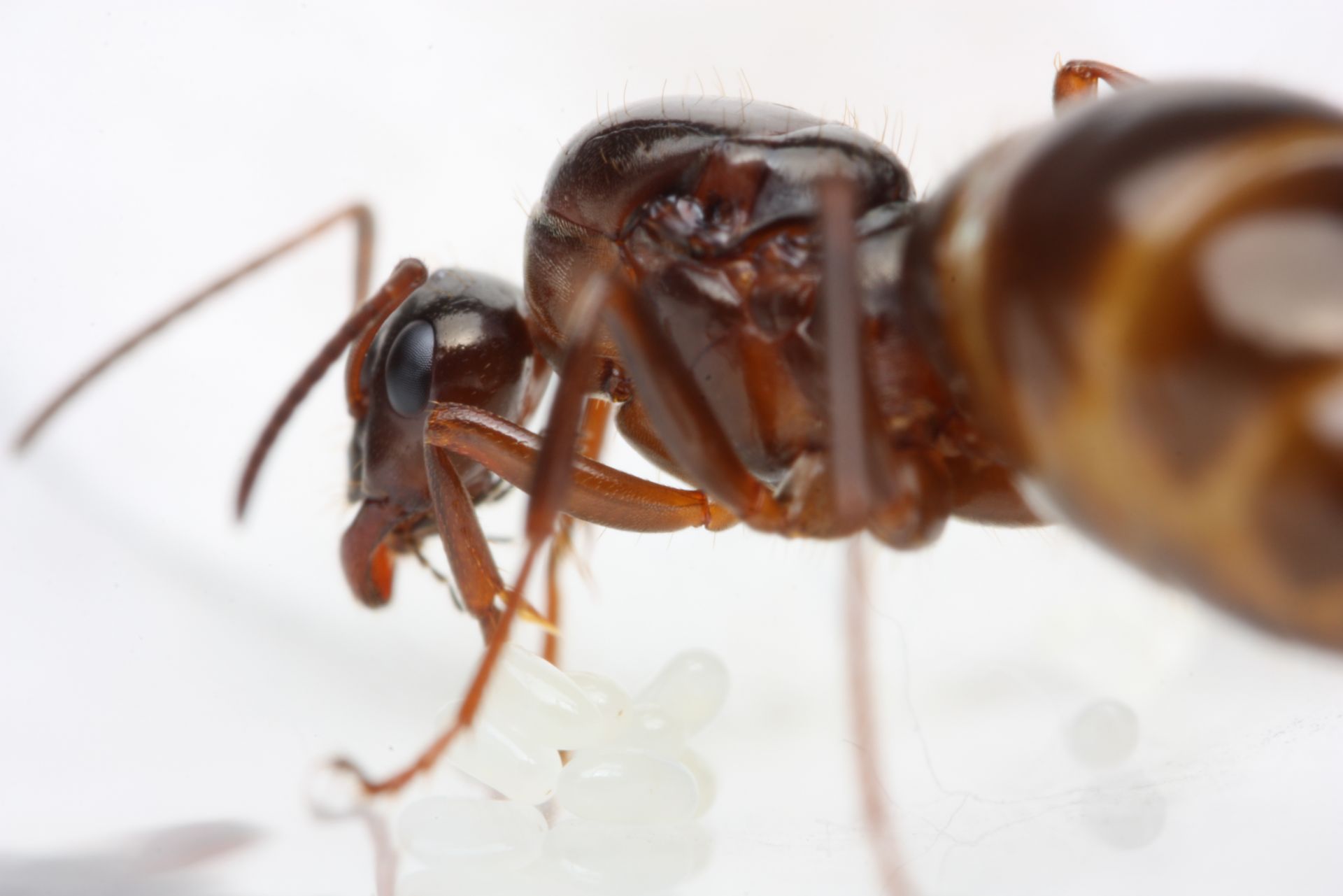
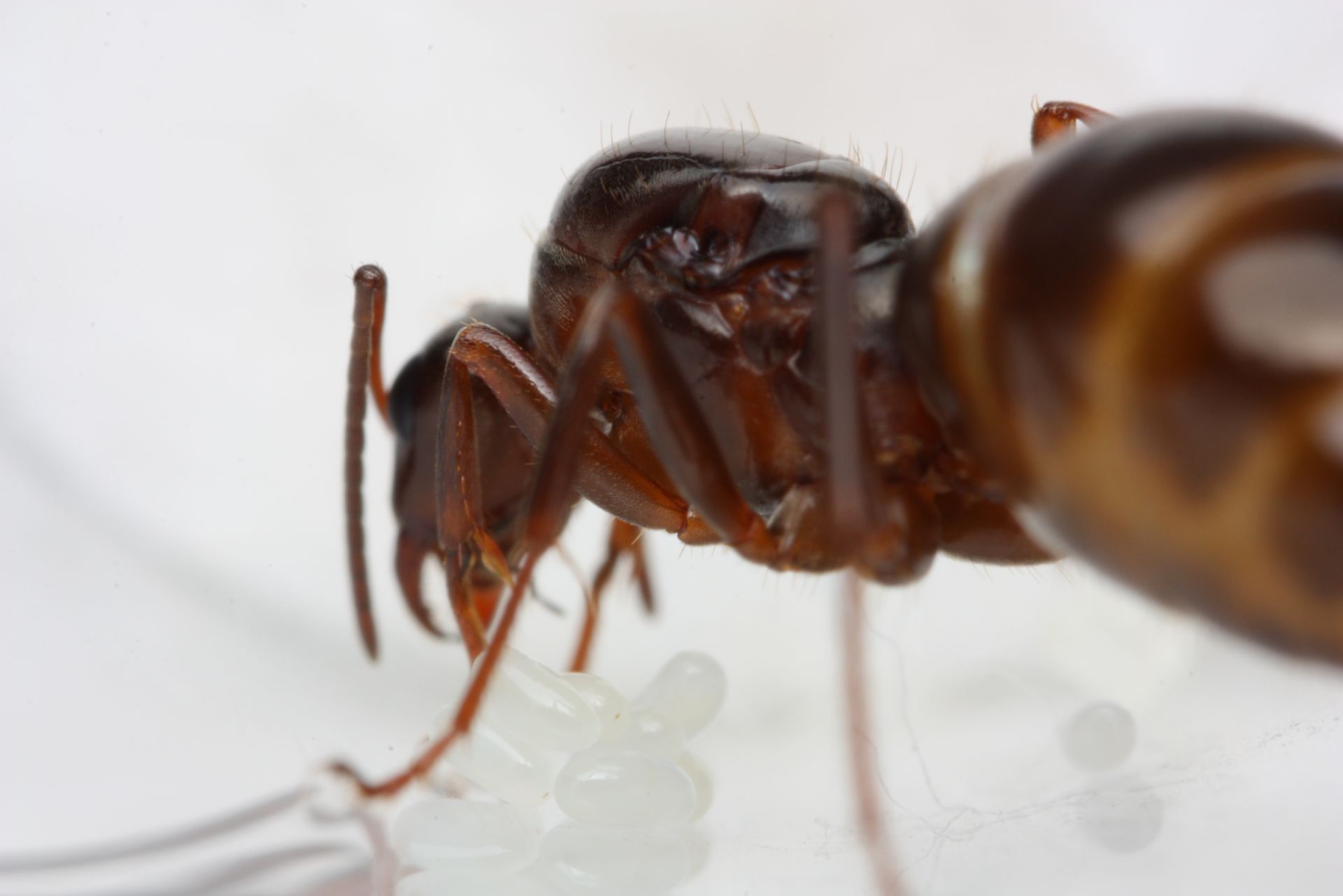
Pheidole sp. (several queens):
I caught so many queens of this unknown species this year, and not a single one has laid any eggs. I've tried brood boosting them with basically no success. sad :c
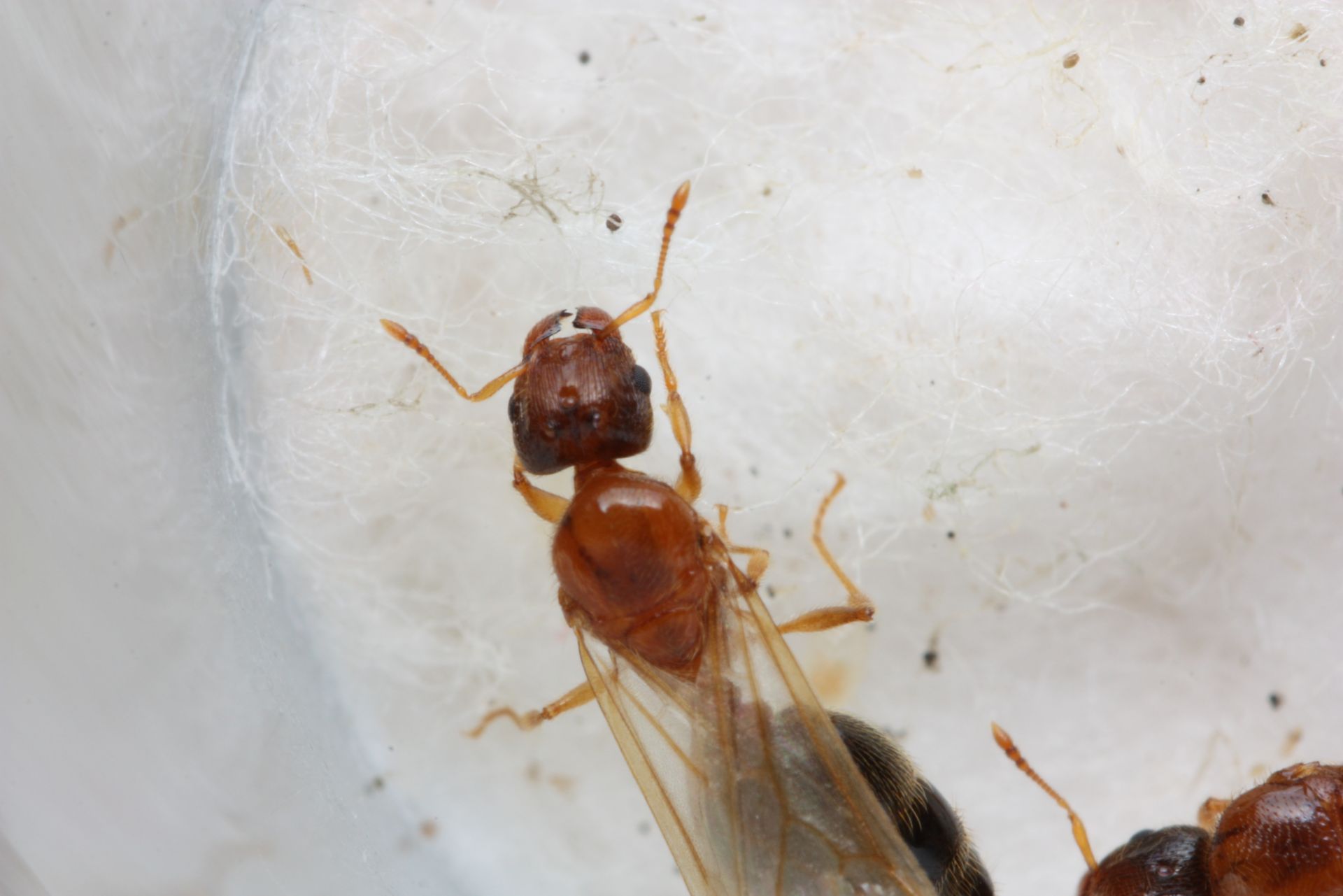
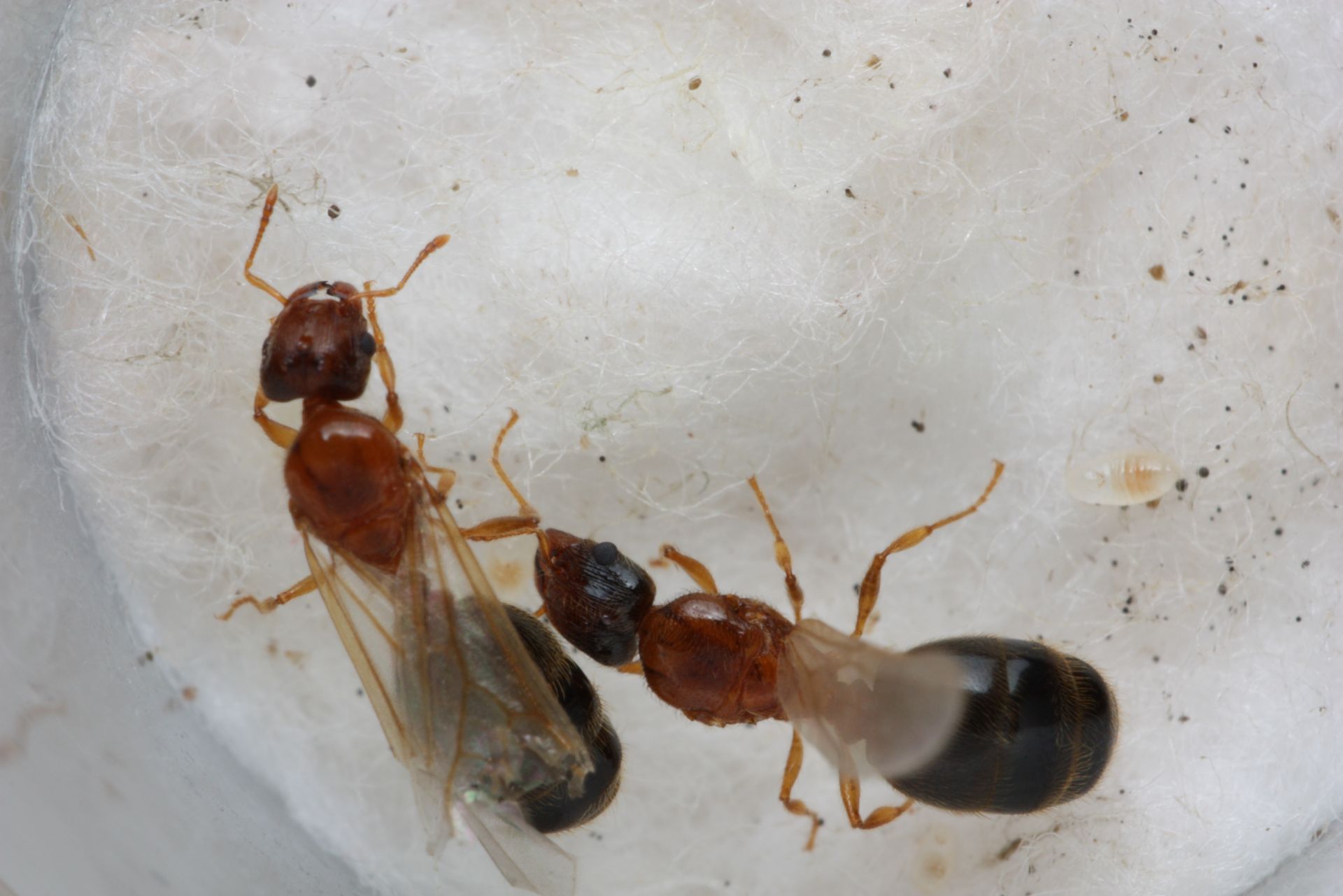
I have at least one more year with all of my ants until college, but It'll be an experience when that time comes around. Hopefully I can work something out so I don't lose all these colonies.
Edited by CatsnAnts, July 24 2021 - 10:44 AM.



